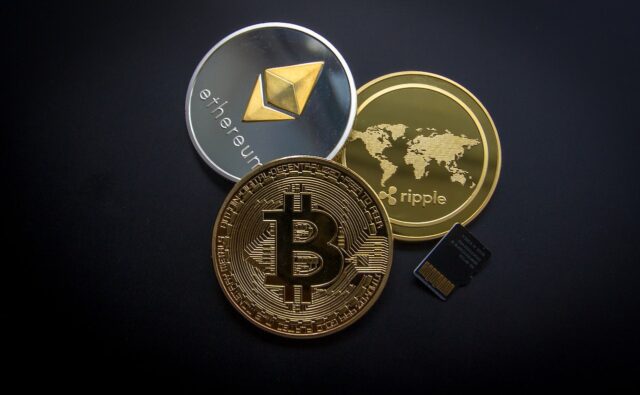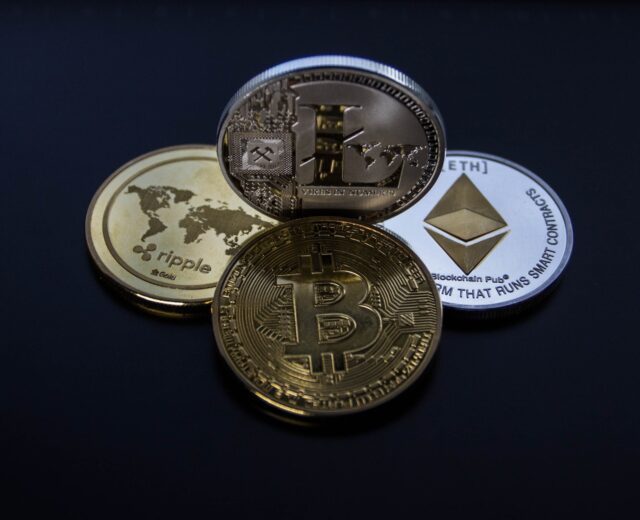
Despite only being created in 2009, when the mysterious Satoshi Nakamoto launched the first white paper setting out his vision for digital currencies, cryptocurrencies have quickly grown to become a sizable sector of the financial services industry.
According to the latest figures, the total market capitalization of the cryptocurrency sector stood at around $1.1tn in August 2024. This is down from a peak of around $3tn almost a year before that.
However, the total market capitalization tells only one side of the story – after all, a valuation of $1.1tn only puts it at about 2.5% of the U.S. equity market capitalization. What is more important is the level of activity and investment in the sector.
The cryptocurrency sector is an incredibly vibrant space, filled with thousands of new and exciting development projects. Although the exact figures are hard to track, it is estimated that there are somewhere between 10,000 and 22,000 cryptocurrencies currently in circulation.
Each of these coins represents a unique project or technological challenge that its founders are trying to solve. And we have seen everything from in-game currencies that support a fully virtual economy to cryptos designed to help real-world supply chain management being launched in recent years. It is precisely this variety, creativity and innovation that makes the cryptocurrency space so exciting to be involved in!

However, if you are one of the many thousands of individuals who have thought about investing in cryptocurrencies in recent years, you may have found yourself overwhelmed by the sheer number of cryptos to choose from. And with so many options available, it can often be difficult to know where to get started. This is a problem that users of okx.com have encountered, with it not always being immediately obvious which projects, such as Terra Luna, are worth investing in!
But how do you actually know what cryptocurrencies to invest in? Is there anything specific you need to keep in mind to help you to distinguish a good investment from a bad one?
Calculate the market capitalization
Ranking cryptocurrencies based on their total market capitalization is one way of identifying the most popular cryptos currently in circulation. Although not necessarily telling you what makes a good investment, having a high capitalization does tell us something about its popularity.
In the stock trading world, market capitalization refers to the total value of all of a public traded company’s outstanding common shares owned by shareholders. Stock market analysts use it to determine the size of a company by reference to its equity, rather than by sales figures or total assets.
In the crypto world, calculating the total market capitalization works in much the same way. You simply multiply the total number of coins in circulation by the value it is currently trading at. This is a good way of getting an estimation, not only of the size of the community that has built up around a particular coin or token, but also for giving you a rough idea of its valuation by the crypto market as a whole.
Scour the white paper

One of the first things you look at when you are trying to identify potential investment opportunities in the crypto space are white papers.
A white paper is essentially the founding document or brochure that the developers behind a particular crypto project will put out. It typically sets out all the technical details behind the coin, the purposes for which it has been created, the sorts of problems it will solve and anything else that helps to give the reader a sense of what the project hopes to do. It is basically a way for its founders to set out their vision for what it will become.
By reading the white paper behind a cryptocurrency project, you will quickly be able to get a sense of how realistic it is and whether it solves an important technological problem or challenge. It might also help you to spot any red flags that would put you off investing.
What’s the supply like?
Another important factor to consider relates to the supply of coins.
As with any other financial asset, the value of a particular cryptocurrency will ultimately be decided by its supply. In this sense, the total number of coins available to buy and sell, along with its desirability in the market, will impact what kind of return you see on your investment.
Supply issues are particularly relevant with cryptocurrencies, as many of the coins have “mining” mechanisms built into them, which increases the supply of coins. This is the case for Bitcoin, with “miners” being rewarded with coins for solving complex cryptographical problems.
However, if it was possible to create new coins indefinitely or too easily, this would have a big impact on the market price, as this would make them too easy to get hold of. As such, it is important to pay attention to what kind of mining and supply mechanisms the different coins have built into them.
To prevent oversupply and maintain price stability, many newer coins incorporate deflationary mechanisms, in which certain amounts of the coin will be “burned” or destroyed.
Is crypto a good bet in 2024?

Although cryptocurrencies have had a turbulent year, with numerous scandals and price instability rocking the sector, the outlook is remarkably strong going into 2024. Institutional investment into the crypto sectors continues to be strong and there are numerous development milestones on the horizon, which spells good things for the sector. This is also a good sign for crypto business trends!
However, as with any other investment, doing your research before taking the plunge is essential. And this is particularly true in the crypto sector, which is still relatively new compared to other forms of investment.
With that said, by following the tips outlined above, you are now equipped with some basic tools that will help you to tell a good investment from a bad one!









